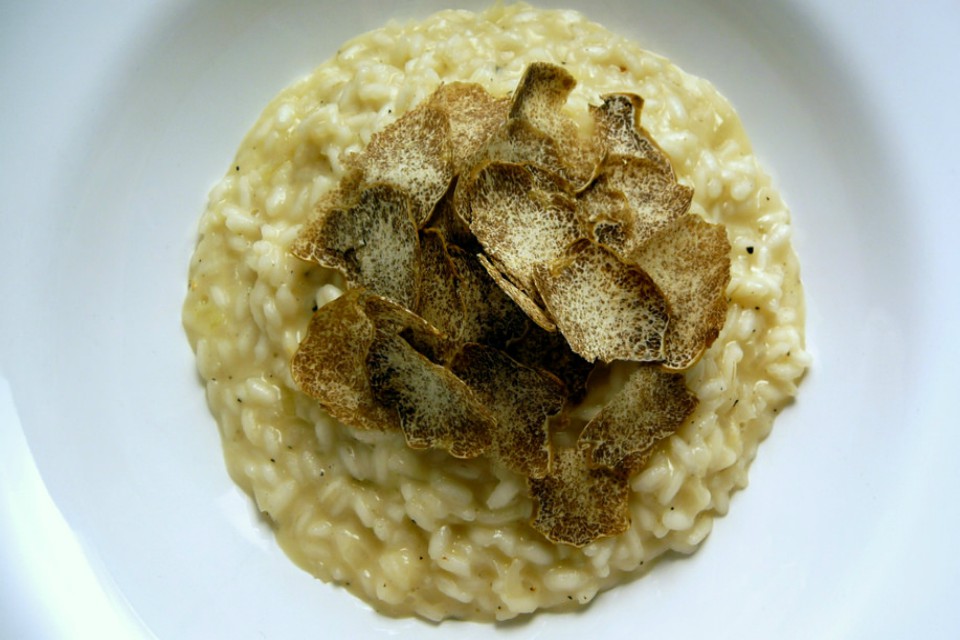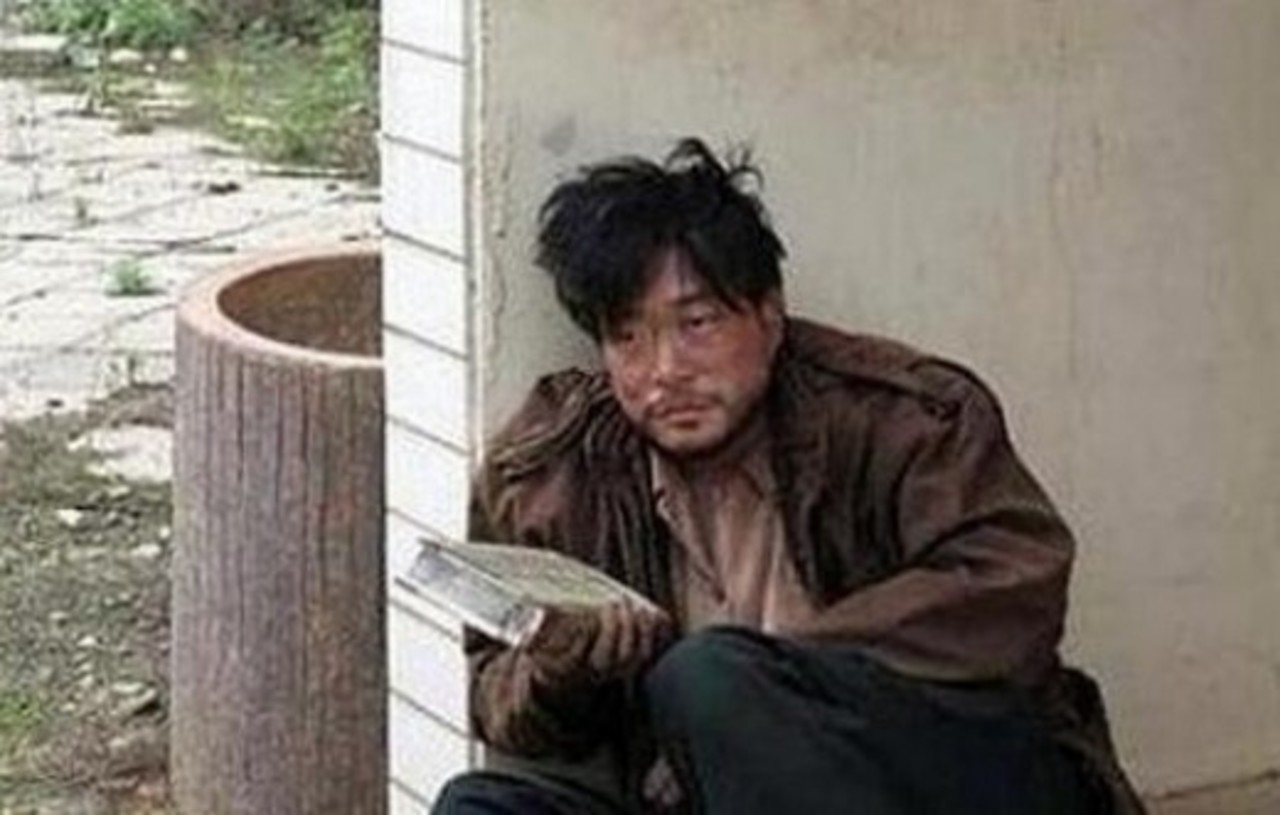
KÉ Interview: British Food Critic Roasts Michelin Guide on Seoul
Andy Hayler claims to have dined in all, and we mean all, Michelin three-star restaurants in the world. He is an independent food critic and the author of books including The London Transportation Restaurant Guide. He also contributes to the National Geographic, has appeared on the BBC series Masterchef, and more.
He knows Michelin, he knows fine dining, but does he know Korean food?
Last year, Michelin — the most famous restaurant guide in the world — has for the first time awarded restaurants in South Korea with its highly appreciated stars. Nineteen restaurants were awarded one star, three were awarded two stars and the highest honor – three Michelin stars – were given to Gaon and La Yeon, two restaurants in Seoul.
The South Korean gastronomic scene has celebrated the scoring as a victory for Korean cuisine and an important step for promoting Korean culture to the world.
But Andy Hayler has his reservations. Here’s his conversation with Korea Exposé. The interview has been edited for length and clarity.
*
Welcome to Seoul, Mr. Hayler! Have you tried Korean food before coming to Korea?
Sure. It isn’t my first time here. I also had Korean food in the USA, where there is quite a big Korean community, as well as in Tokyo, Japan. I also had Korean food in a place called New Malden, a small town outside London, where there is the biggest Korean community in Europe. Here in South Korea, I went to two three-star Michelin restaurants, Gaon and La Yeon. [But] I am not claiming to be an expert in Korean food.
How different is the food at Gaon and La Yeon food from the Korean food you had before?
I think that the intention of the restaurants is to reproduce the kind of cuisine served at the palaces of kings. Both restaurants have a tasting menu format, which is a little bit like kaiseki in Japan, with an elaborate series of dishes. In the Japanese case, it reflects different cooking styles, different textures, and colors; and it is hyper-seasonal.
[At Gaon and La Yeon], there didn’t seem to be such a centuries-old tradition [like kaiseki], but it seems to be reminiscent of that. I was offered a series of dishes, snacks, and starters, ending with a rice dish, as a conclusion.
Compared to more ordinary restaurants in Korea or Korean restaurants in Europe, where the structure of the menu tends to be quite informal and food will be served in much more casual settings — you often get your grill on the table and can grill your own beef or whatever — this is obviously not the case in these two restaurants. But the meal is recognizably Korean, with kimchi and the rice dish at its heart. It is not so much different from Korean food I had elsewhere; it is just slightly more elaborate in the structure of the menu. But the core of it doesn’t seem to be terribly different.
If we try some kimchi from Gaon and La Yeon and then taste the kimchi at the next bibimbap place around the corner, what would be the difference?
Some of the kimchi I tried at Gaon and La Yeon seemed to be slightly more settled, less pungent, I suppose, from what I had before. But they are clearly kimchi. There is a limit to what you can do. You can try to get more taste, but there are some limits to what you can really do with some pickled garlic or pickled cabbage. I think you can clearly say, that some are milder than others, some are cruder than others, some are nice, you can have a range of them, but can you compare it to risotto with white truffles? Certainly not.
Korean cuisine is very different from the European. Is it generally possible to compare it?
It is tricky to cross-compare cuisines. If you compare classic French food with Italian or Spanish food, there are obviously some similarities, but compared to Japanese food it will be quite different. Michelin is very secretive about what criteria they use, but in interviews that they have given publicly, they talked about ingredient quality, the technical skill of the chef, the balance of the dish and about the consistency of execution.
Ingredient quality, technical skills, and consistency apply not only to French cuisine, but they should also apply to any restaurant. In that case, it is reasonable to make comparisons. With a piece of beef, you can expect a certain quality; you know how beef in the U.S., Japan or Europe is. Some Japanese meat is heavily marbled, some in Europe less. Beef can be aged in a certain way, for a certain number of days, more in Europe than in Japan. But you clearly can see the difference between high-quality beef and lower-quality beef. You can certainly compare.
You can also look at the technical execution. If things are cooked correctly, it is not rocket science to recognize it. We can all agree if something has been overcooked, it doesn’t mean if it’s French or Korean or Japanese, it’s just the way it is. I think you can make those comparisons quite reasonably.
I have to think about the use of very valuable products, like truffles, foie gras or caviar in French cuisine. Are Korean ingredients and products comparable?
This is an extremely good point. My impression is based on only the two meals I had, but it’s clear that no exotic ingredients are being used here [at Gaon and La Yeon]. Beef that I had was fine, but nothing remarkable. Certainly, the chicken I had was far from remarkable. The seafood was generally nice. But if you compare it to the very finest Japanese beef, such as Matsusaka or Kobe, which commands incredible prices… You have the fruits in Japan that are unbelievably expensive, strawberries and peaches and melon and lemon… I don’t get the impression that Korea has that kind of rare ingredients as Japan or Europe.
You don’t have white truffles here, as in Italy; you have some more regular ingredients. But they are nicely presented. Are they well-cooked? They can be. There is not, I suppose, quite the kind of depth of the technical skill, like one needs for an elaborate French sauce, like demi-glace, that might take six hours to make. Korean cuisine doesn’t seem to have an equivalent to, for example, French pastry, probably the most rarefied, and you can certainly spend years training as a pastry chef.
If you look at the most high-end pastry sections in the kitchens of three-star French restaurants, they are producing some very extraordinary things. I don’t get the impression that there is an equivalent here. The desserts I had here were some red bean paste, relatively simple, with some tofu ice-cream on top, it’s OK, but there is not the same level of technique involved.
Doesn’t Michelin put a focus on local products?
No, not necessarily. Some places go very local, some import products from all around the world. If you look at different restaurants in different countries, Michelin has different approaches. Take two extreme examples – Sportsman, a very good restaurant on the Kent coast, which is a pub and has a Michelin star – almost everything in the kitchen comes from within a one-mile radius of the restaurant – the vegetables from the garden, the oysters from down the road, the pork from the farm nextdoor, the lamb from the next farm – that’s hyper-local.
On the other hand, if you look at something like Saison in San Francisco or Chef’s Table in Brooklyn Fare in New York, these restaurants import a great deal of their products from Japan, you see a lot of fish that has been imported from Tsukiji Market [in Tokyo]. And those restaurants have three Michelin stars, so I don’t think Michelin cares, as long as the ingredients are good. So it just depends on what you are trying to do.
Do you think that the two restaurants in Seoul that were awarded three stars deserve them?
No. There is a lot of debates about Michelin scoring in different countries; there is a lot of inconsistency about it. Many people think that scoring in the US is very generous, comparing to scoring in France or Germany. I think most people have no problem with scoring in Japan because the standards of the restaurants are extraordinary high, and the ingredients are probably the best in the world. There has been a lot more controversy with other guides – particularly the Hong Kong guide, where there is a high degree of inconsistency in assessment, and I find the Hong Kong guide extremely hard to understand. At a lot of places that have stars, it’s very, very hard to comprehend how they managed to do that.
There have been rumors about Michelin being bribed to issue the guide and award the stars. Can you imagine this being true?
Michelin is given money by the tourist boards to make a guide. That is absolutely clear. It is true for Hong Kong guide, and it is certainly true for Singapore guide. Next year there probably will be a guide for Thailand. According to the Financial Times, Michelin Guide runs at a loss of 25 million U.S. dollars a year. So they see new markets as marketing exercises. They are not a charity. They take money from tourist boards to cover their operations.
In theory, there is nothing wrong with that. The question is, if taking the money from the tourist boards puts them under pressure to award stars, and I think this is an incredibly valid question.
You said that [at Gaon and La Yeon] the quality of ingredients is not remarkable, the techniques are not on the level of highly elaborate Japanese or French cuisine, but what about the prices?
Their prices are very high. It can be best seen with wine. With many bottles they have, the price is five to six times the retail price. Even at London’s most expensive restaurants, the margin is around three to three-and- a-half, being even lower for the high-end wines. A top wine, which would be offered in London’s best restaurants for twice the retail price, is offered here, for six times the price. These restaurants are not great places to have wine.
The quality of service is excellent; it is absolutely equivalent to two- and three-star restaurants. I am not convinced that the quality of food is equivalent.
What influence will this inconsistency have on Michelin?
Michelin is much respected in Europe, and I see that its engagement with foreign tourist boards begins to undermine its credibility. If I were Michelin, I would worry about keeping my brand trustworthy. They have to keep their consistency across borders, and at the moment certain guides are more reliable than the others. They are devaluing the brand by giving away the stars that are clearly not justified.
Cover image: White truffle risotto. (Source: Blue moon in her eyes via Flickr, CC BY 2.0)
*
Read the companion piece to Andy Hayler’s interview:

